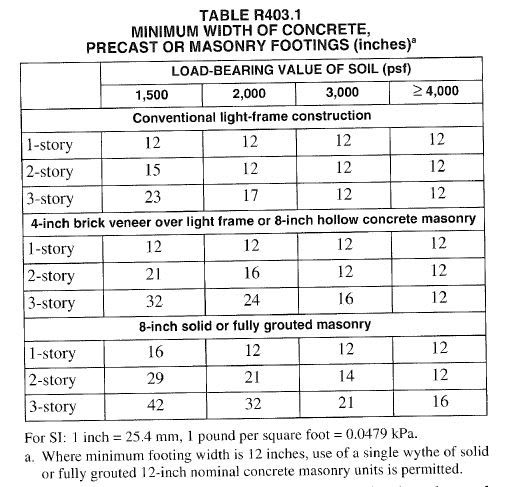My engineer designed my foundation for 1500 psf soils because there was no geotech report and it's my understanding that it's standard practice to design down to a conservative number.
My question is what kind of force does a typical two story, wood framed house exert on the soil? How much does it weigh?
thanks
My question is what kind of force does a typical two story, wood framed house exert on the soil? How much does it weigh?
thanks

